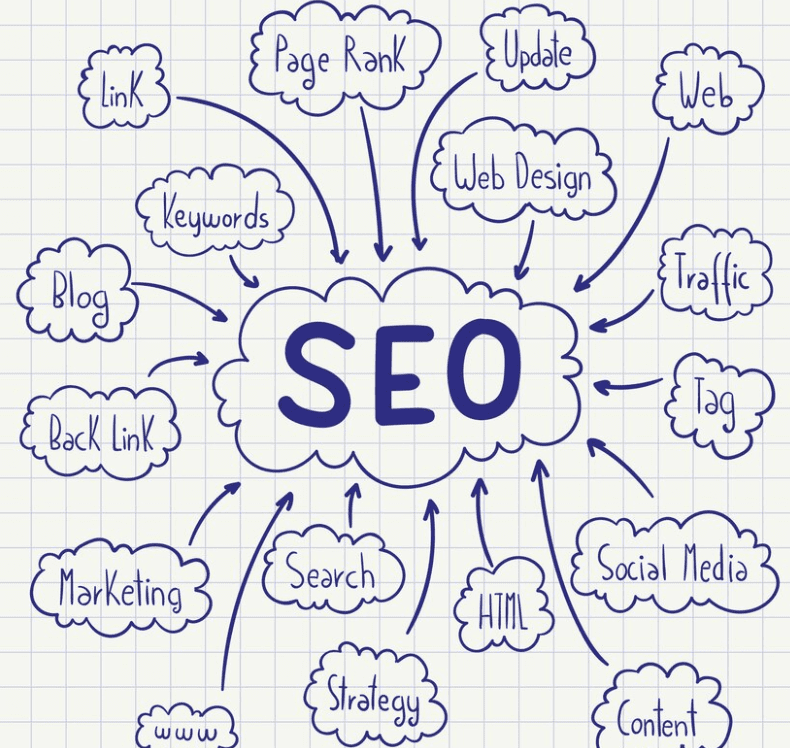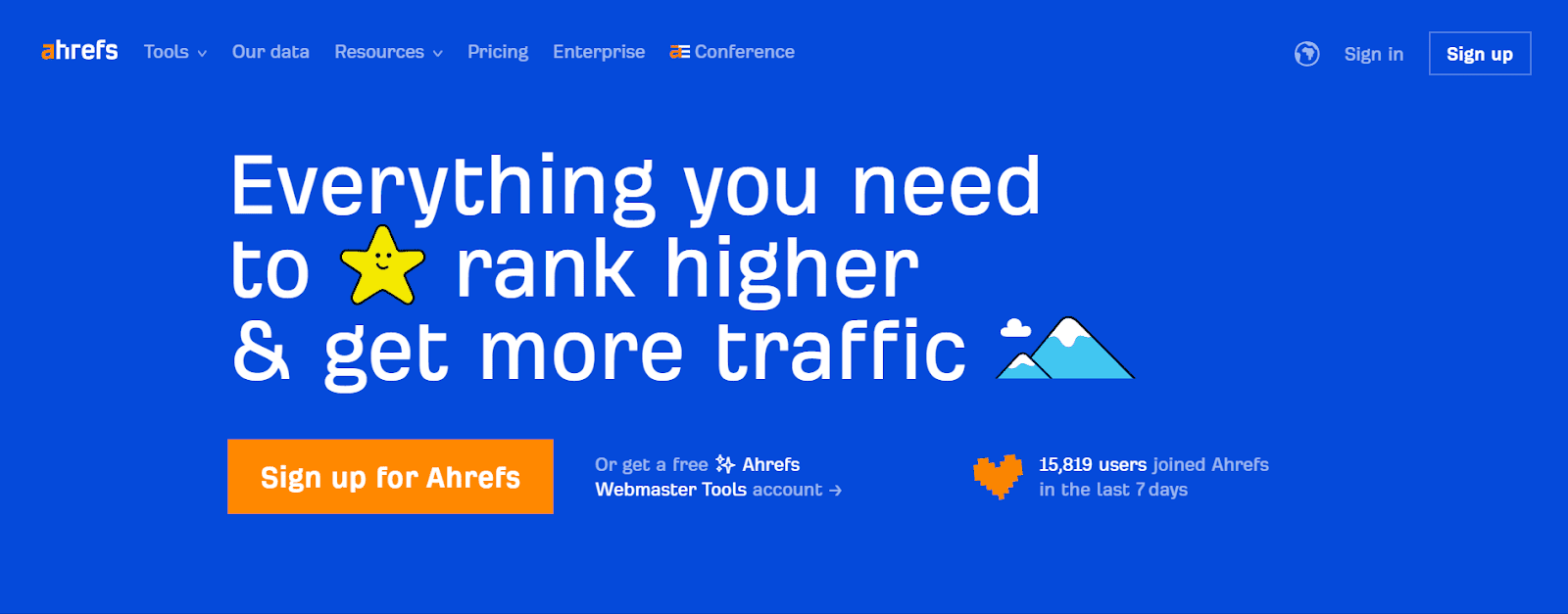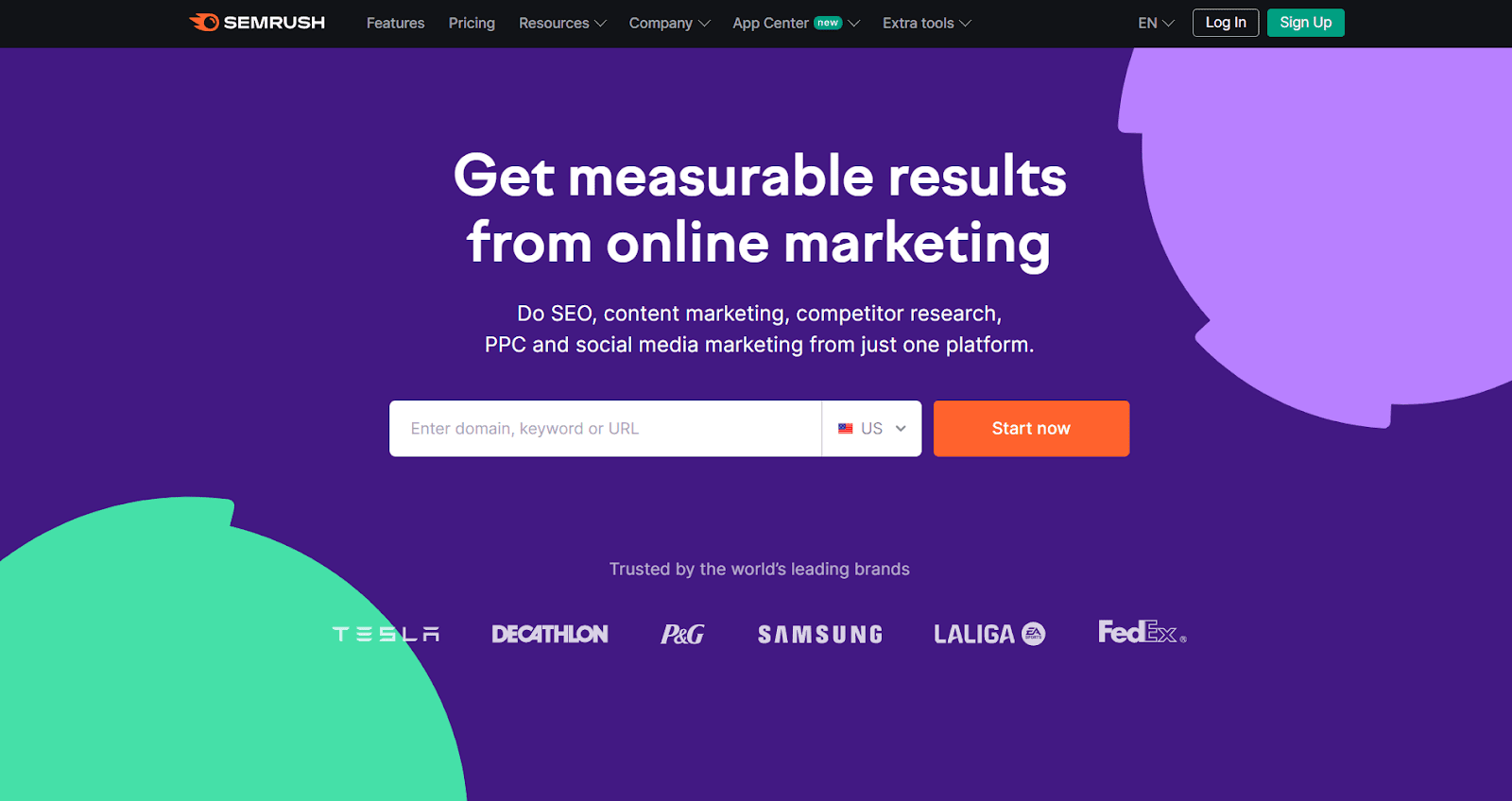SEO inbound marketing is a powerful strategy that integrates search engine optimization (SEO) with inbound marketing to attract, engage, and delight customers. This integrated approach focuses on creating high-quality content that naturally draws visitors to your website, enhances user experience, and drives organic traffic. Together, we will explore the strategies for using SEO inbound marketing to boost your online presence and achieve long-term success.
Table of Contents
Understanding SEO Inbound Marketing
SEO inbound marketing involves using SEO techniques to support your inbound marketing efforts. Inbound marketing attracts customers with tailored, valuable content and experiences. By lining up your content with customer interests, you attract inbound traffic that you can convert, close, and delight over time.

Inbound marketing and SEO work together to ensure your content reaches the right audience. While inbound marketing focuses on creating relevant and engaging content, SEO ensures that this content is easily discoverable by search engines and users. This synergy is essential for achieving sustainable growth in organic traffic.
Key Components:
- Keyword Research and Optimization
- Content Creation and Optimization
- Link Building and Outreach
- Technical SEO
- User Experience and Engagement
- Analytics and Continuous Improvement
Let’s investigate these components to understand how they contribute to a successful inbound SEO marketing strategy.
Keyword Research and Optimization
Keyword research is the foundation of both SEO and inbound marketing. It means finding the search terms your target audience uses to seek related information. Here are the steps to effective keyword research:
- Identify Your Audience: Understand your target audience’s demographics, preferences, and challenges. This data will steer your keyword research and content creation efforts.
- Use Keyword Tools: Keyword research tools like Google Keyword Planner, Ahrefs, or SEMrush are good if you want to discover relevant keywords. Keep your focus on long-tail keywords, which are more specific and often less competitive.

- Review competitors’ strategies: Examine the keywords they target to uncover potential opportunities and identify gaps in your own strategy.
- Prioritize Keywords: Prioritize keywords based on search volume, relevance, and competition. Make your own mix of high-volume and low-competition keywords.
Whenever you get a list of keywords, incorporate them naturally into your content, such as titles, headings, meta descriptions, and body text. Do not do keyword stuffing, as it can harm your rankings and user experience.
Content Creation and Optimization
High-quality content is an important piece when it comes to inbound marketing and SEO. Content creation involves producing valuable, relevant, consistent content to attract and engage your target audience.

- Create a Content Calendar: Plan your content with a content calendar. This helps maintain some consistency and allows you to cover various topics relevant to your audience.
- Focus on User Intent: Understand the intent behind the keywords you are targeting. Develop content that captures the needs of your audience.
- Use Different Content Formats: Diversify your content formats to include blog posts, videos, infographics, podcasts, and more. Different formats can cater to different audience preferences and increase engagement.
- Optimize for SEO: Incorporate your target keywords naturally into your content. Use them in titles, headings, meta descriptions, and the body text. Ensure your content is well-structured, easy to read, and includes internal and external links.
- Update and Repurpose Content: Regularly update your existing content to keep it relevant and accurate. Repurpose content to reach a bigger audience.
Overall, high-quality content is important. Creating a strategy is a must.
Link Building and Outreach
Link building is a must-have aspect of SEO inbound marketing, and it involves acquiring links from other websites to enhance your site’s authority and search engine rankings. Here are some effective link-building strategies:
- Create High-Quality Content: High-quality, informative content naturally attracts backlinks. Focus on creating content that is worth sharing and valuable to your audience.
- Guest Blogging: Write guest posts for reputable websites in your industry. This helps broaden your audience reach and gain valuable backlinks.
- Build Relationships: Network with influencers, bloggers, and other industry professionals. Establishing solid relationships can result in opportunities for collaboration and backlinks.
- Utilize Broken Link Building: Find broken links on other websites and suggest your content as a replacement. This helps website owners fix their links while earning you a valuable backlink.
- Leverage Social Media: Use social media to strengthen your content’s visibility. Compelling content is shared and linked by others.
Link building is one of the most important steps to ranking higher. Having quality backlinks will improve your authority, making it easier for search engines to see you.
Technical SEO in SEO Inbound Marketing
Technical SEO involves optimizing your website’s infrastructure to guide search engines in crawling and indexing it. Key elements of technical SEO include:
- Website Speed: Ensure your website loads quickly. Use tools like Google PageSpeed Insights to identify and fix speed issues.
- Mobile-Friendliness: Optimize your site for mobile devices. Utilize responsive design to make your content easily accessible on smaller screens.
- Secure Your Site: Use HTTPS to secure your website. Users must be provided with a secure site, and this boosts user trust and confidence in your online presence.
- Fix Crawl Errors: Use tools like Google Search Console to identify and fix crawl errors. Ensure search engines can access all important pages on your site.
- Optimize URL Structure: Use clean and descriptive URLs. Avoid using long, complicated URLs with unnecessary parameters.
Making sure that all of these steps are optimized, you will get a website infrastructure that promises good performance.
User Experience (UX) and Interaction
User experience (UX) and interaction are critical factors for both SEO and inbound marketing. A positive user experience keeps visitors on your site longer and guides them to engage with your content.

- Improve Site Navigation: Ensure your site is easy to navigate. Use clear menus and a logical structure to help users find what they want.
- Enhance Readability: Use clear and concise language. Employ headings, bullet points, and images to make it easier to read.
- Optimize for Mobile: Your site has to be mobile-friendly. You should use responsive design, which you can test on various devices to provide a flawless experience.
- Engage with Interactive Content: Incorporate interactive elements similar to quizzes, polls, and surveys to actively involve users and keep them on your site longer.
- Encourage User Interaction: Include calls to action (CTAs) to encourage users to take the next step, such as signing up for a newsletter, downloading a resource, or making a purchase.
Analytics and Continuous Improvement
Continuous improvement is essential for a successful SEO inbound marketing strategy. Regularly analyzing your performance helps you identify what’s working and where to improve.
- Use Analytics Tools: Utilize tools like Google Analytics and Google Search Console to track your website’s performance. Monitor key metrics like organic traffic, bounce rate, conversion rate, and keyword rankings.

- Set Goals and KPIs: Define clear goals and key performance indicators (KPIs). This could include increasing organic traffic, improving keyword rankings, or boosting conversions.
- Conduct Regular Audits: Perform regular SEO audits to identify issues and opportunities. Analyze your website’s performance, backlink profile, and content quality.
- A/B Testing: Conduct A/B tests to compare different versions of your content, CTAs, and landing pages. Use the results to optimize your strategy and improve user engagement.
- Stay Updated: SEO and inbound marketing are constantly evolving. Track the latest trends, algorithm changes, and best practices to ensure your strategy remains effective.
There is always room for improvement, but by checking regularly if everything is working properly, you can avoid unwanted results.
Adapting to Evolving Search Engine Algorithms
Platforms like Google regularly update their algorithms to improve user experience and prioritize high-quality, relevant content. Keeping up with these changes, understanding their impact on search rankings, and adjusting SEO strategies accordingly are important for maintaining online visibility and attracting targeted traffic.

To succeed, businesses should focus on creating valuable, user-centric content that meets current SEO standards. This includes optimizing content for relevant keywords, user intent, readability, and engagement. Emphasizing informative blogs, interactive tools, and engaging social media content helps meet algorithmic requirements while connecting effectively with audiences.
Continuous monitoring of SEO metrics and analytics allows businesses to assess strategy effectiveness amid algorithm shifts. By using performance data to refine approaches, businesses can strengthen their online presence, drive sustained organic traffic growth, and achieve lasting digital marketing success.
Conclusion
SEO inbound marketing is a powerful approach that combines the strengths of SEO and inbound marketing to attract, engage, and delight customers. By focusing on keyword research, content creation, link building, technical SEO, user experience, and continuous improvement, you can create a strategy that attracts organic traffic and achieves long-term success.
Implementing these strategies requires time, effort, and dedication, but the rewards are well worth it. Start by assessing your current SEO and inbound marketing efforts, identifying areas for improvement, and taking actionable steps to enhance your strategy. With the right approach, you can leverage the power of SEO and inbound marketing to achieve your business goals.
If you are ready to boost your business, click here to achieve the deserved SEO results.